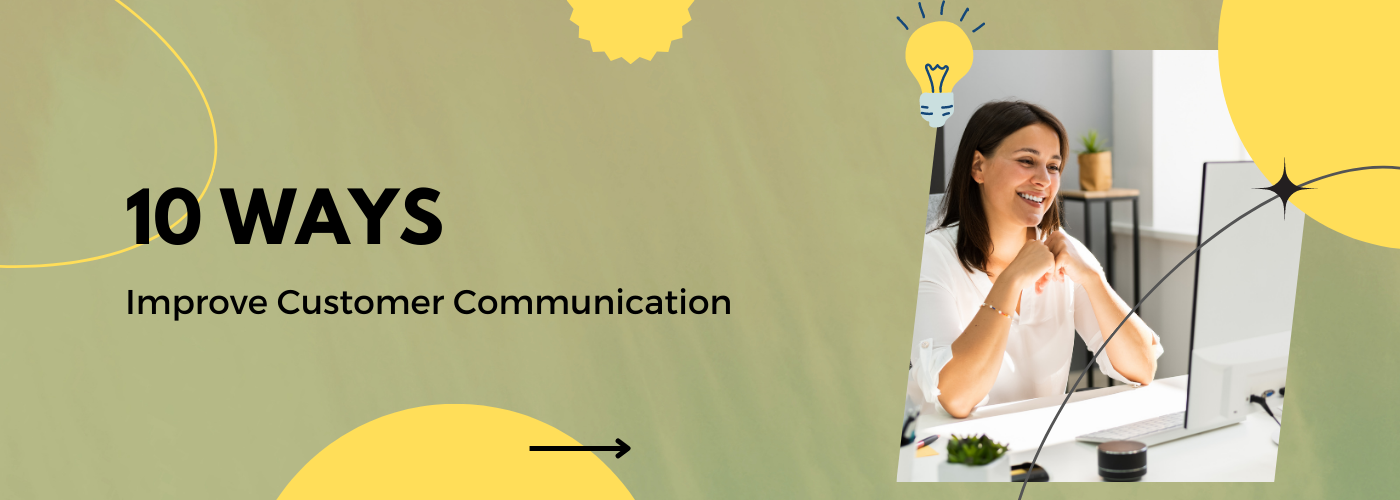Creating a better customer experience with behavioral design
Today’s business world is very competitive, so companies must develop new ways to stand out from their competitors and offer better customer service. Behavioral design is one way to reach this goal. Behavioral design is the process of making products, services, and experiences that customers are more likely to use and value.
With this method, you first learn how people think and make decisions, and then you use that knowledge in the design process. In this article, we’ll look at how businesses can use behavioral design, like the use of customer relationship management (CRM) systems, to give their customers a better experience. In particular, we will look at how these methods can be used by organizations.
Understanding customer behavior
With behavioral design, the first step is to figure out how your customers act. This will help you improve their overall experience with your company. This means understanding what motivates them, what makes them the most uncomfortable, and what their goals and values are.
Businesses can get this kind of information through a variety of tools and methods, such as questionnaires, interviews, focus groups, and feedback from customers.
Once you have a good understanding of what your customers do, you will be able to use this information to come up with products, services, and experiences that meet their needs and are in line with the values they hold dear. For example, if you know that your customers like it when things are easy for them, you could make a mobile app that makes it easy for them to place orders and pay for goods or services.
Designing for customer behavior
Once you have a good understanding of how your customers act, you can start making products, services, and experiences that meet their needs and priorities. Behavioral design is the process of making products, services, and experiences that customers are more likely to use and value. With this method, you first learn how people think and make decisions, and then you use that knowledge in the design process.
The use of “nudges” is an important part of behavioral design. You can “nudge” people to use a product, service, or experience by making small changes to how it is made. This makes it more likely that the product, service, or experience will be used. For example, if you know that your clients are more likely to recycle if they have a recycling bin in their office, you could put recycling bins in strategic places around the business to get them to do it.
Gamification is another important part of behavioral design that shouldn’t be missed. Gamification is the use of game design ideas in places that aren’t games to get people interested and motivated. You could, for example, use a point system to encourage people to use your products or services by giving them points every time they do. Customers could earn points by doing certain tasks or reaching certain milestones, and they could then use those points to get a variety of rewards.
Using CRM to improve customer experience
Customer relationship management (CRM) technologies can also be used to improve how customers feel about your business. CRM systems, which are also called customer relationship management systems, are software programs that help businesses keep track of their interactions with customers. They can be used to automate marketing and sales tasks, keep track of customer contacts, and store information about customers.
Companies that use a customer relationship management system can learn more about what their customers do and how they like to do things. This information can be used to make the customer’s experience more personal, and it can also be used to find upsell and cross-sell opportunities for other products or services.
For example, if a customer often buys a certain product, a business could use this information to send targeted marketing messages or offers for other products that are similar to the one the customer already buys. Also, if a customer has a high lifetime value, a business could use this information to put that customer’s needs first and make sure they get the best customer service possible. If the customer had a high lifetime value, this would be the case.
Top 10 examples of Customer Retention Strategies That Work
WHAT DOES “CUSTOMER RETENTION” MEAN? Customers that knowingly make repeat purchases of y
Bridging the corporate communications gap with localization
The world of digital communications in business is evolving. Many businesses are beginning to realiz
Ten ways to deliver faster customer communication
If you want to build and keep good relationships with your customers, you have to make it easier for




